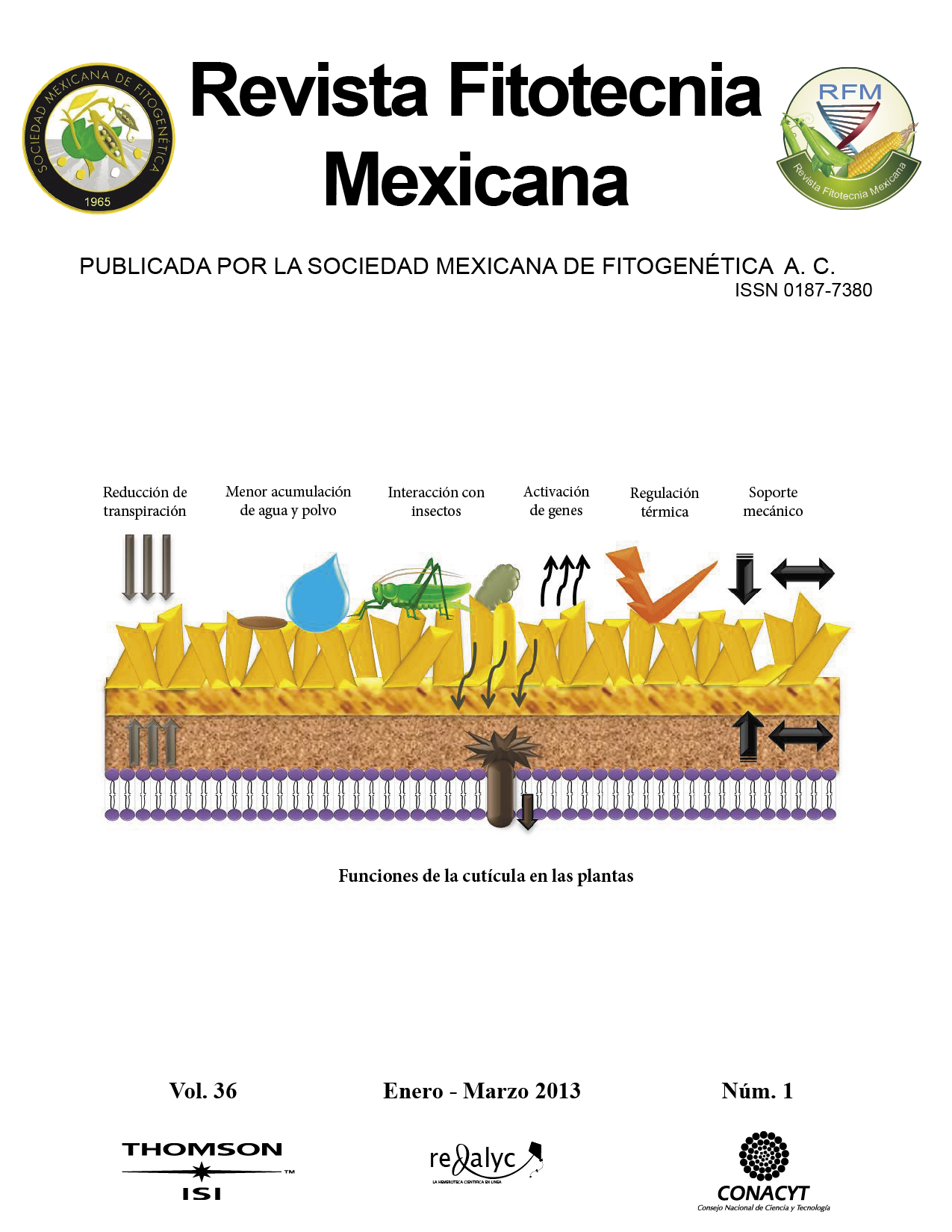COMPOSITION, PHYSIOLOGY AND BIOSYNTHESIS OF PLANT CUTICLE
Main Article Content
Abstract
The cuticle is a protective layer located in the outermost surface of all aerial tissues of higher plants and therefore, interacts with the environment. The cuticle is composed mainly of two types of lipophilic polymers, namely: cutin and cuticular waxes, which composition and ultrastructure can be altered by genetic, physiological and environmental factors, both during growth and development as well as during postharvest; its morphology and chemical composition cannot be generalized. The cuticle plays an important role acting as a barrier reducing water loss and gas diffusion, restraining water and dust accumulation, participating in the plant-insect interaction, as a component of the signal transduction leading to the activation of specific genes, controlling temperature fluctuations and providing mechanical support. Although the cuticle composition and ultrastructure is fairly well understood, relatively little is known about its biosynthesis. This review compiles and analyzes the latest scientific information concerning the cuticle biosynthesis, including the most recent studies about the transport of cuticle polymers through the plant cell wall, which is the least understood phenomena.

